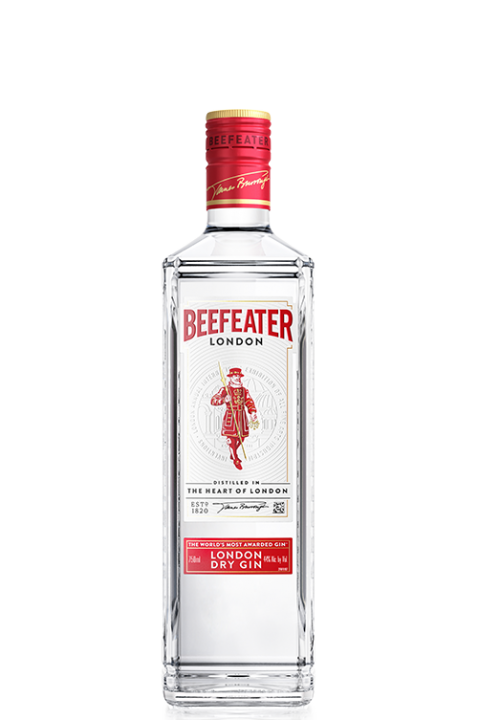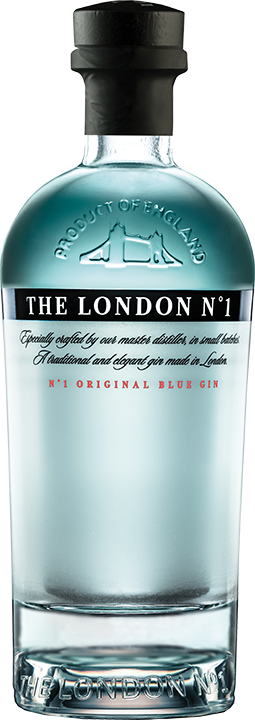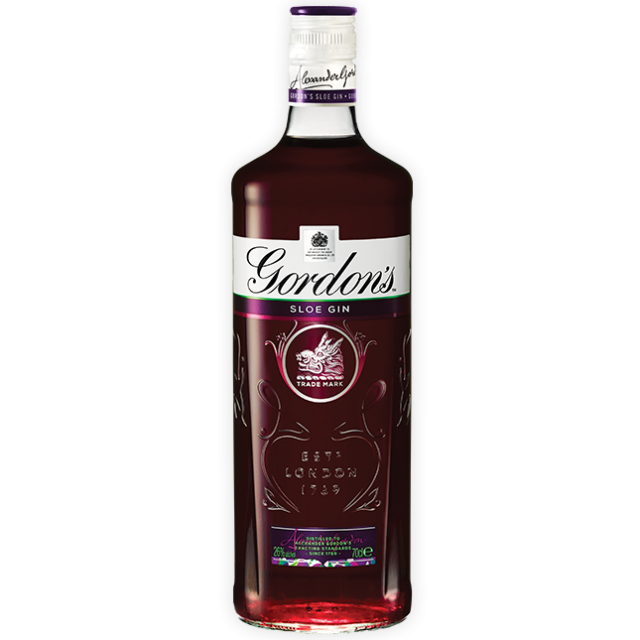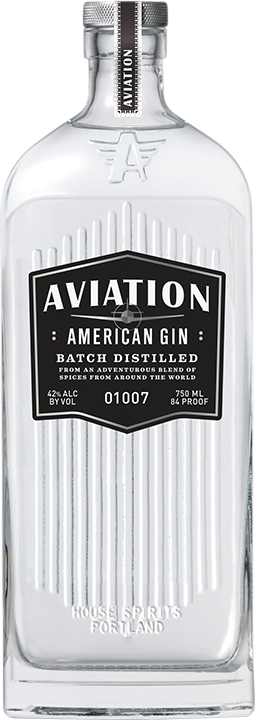Our Gin Map
When it comes to understanding gin flavours, one essential profile is Juniper. Handpicked from the mountains of Macedonia and Italy, juniper gives gin that fragrant, slightly resinous, piney and occasionally bitter quality. If customers ever suggest they don’t like gin, this is invariably because they don’t like the bitter, pine notes on juniper-forward gin. Rest assured, there is always a gin to be found that will please them, you simply need to understand the degrees of juniper expression. For example, historically customers were drawn to Bombay Sapphire because the juniper moves towards the softer, slightly sweeter and floral qualities of the botanical, while the bitter pine is far less pronounced.
When we talk about spice in gin, the most common botanical a distiller will be utilising, is coriander, specifically coriander seeds. Coriander is second in its importance for gin makers and when dried the essential oils impart earthy thyme, floral notes and crucially a citrus top note in gin. For earthy, musky notes we can thank angelica root, but here is an example of a botanical that might not be predominantly in place for flavour. Angelica root is also used to bring other flavours together and distillers will often measure it in the botanical bill so that is has a very subtle flavour profile.
All flavours in gin matter, each provides a conversation point but also an opportunity to launch a drink into different directions, whether it’s simply showcasing the botanicals in a Martini or g&t, or using the gins in complex cocktails. Hopefully this flavour diagram will help you focus some of those decisions.
JUNIPER RICH &
ROBUST
CITRUS &
HERBACEOUS
Gins
-
Private: Beefeater 24

-
Private: Bloom

-
Bombay Sapphire

-
Brockmans

-
Brooklyn Gin

-
Private: Edinburgh

-
Private: Fifty Pounds

-
Private: Four Pillars

-
Gin Mare

-
Private: Langleys No. 8

-
Private: Liverpool

-
Malfy Con Limone

-
Monkey 47

-
Private: Nordes

-
Portobello Road

-
Private: Sipsmith Lemon Drizzle

-
Private: Sipsmith London Cup Liqueur

-
Tanqueray Rangpur

-
Tanqueray No. Ten

-
Tanqueray Flor De Sevilla

-
Private: Thomas Dakin

-
Warner’s Elderflower

-
Warner’s Rhubarb

-
Whitley Neill Distiller’s Cut

-
Whitley Neill Raspberry

-
Whitley Neill Rhubarb & Ginger

-
Chase Gin GB Extra Dry

-
Chase Pink Grapefruit

-
Private: Bosford Rose

































